Research we’ve published on various online harms, as well as strategies and solutions to promote healthy online behaviors.
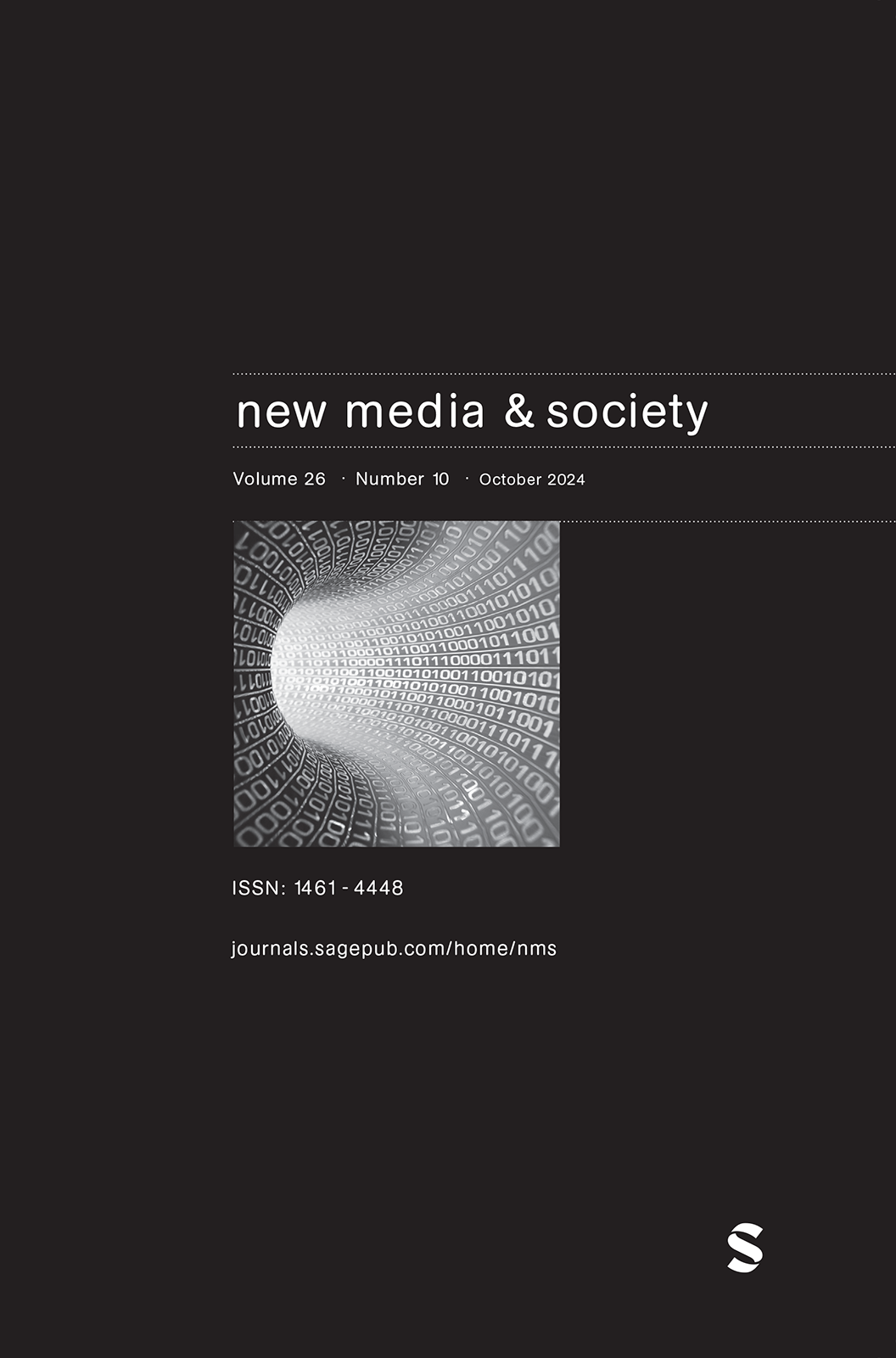
Metaverse Risks and Harms Among US youth: Experiences, Gender Differences, and Prevention and Response Measures
Research indicates that participation in metaverse environments and with virtual reality(VR) is increasing among younger populations, and that youth may be the primarydrivers of widespread adoption of these technologies. This will more readily happenif their experiences are safe, secure, and positive. We analyze data from a nationallyrepresentative sample of 5005, 13- to 17-year-olds in the […]

Addressing Youth Sexting Through Rational Legislation and Education
Sexting is defined as “the sending or receiving of sexually explicit or sexually suggestive images or videos,” usually via mobile devices. Our research indicates that at least 14% of US middle and high school students report that they have sent explicit images to others, while about 23% have received these kinds of images from their […]

The Nature and Extent of Youth Sextortion: Legal Implications and Directions for Future Research
Sextortion, the threatened dissemination of explicit, intimate, or embarrassing images of a sexual nature without consent, is an understudied problem. Despite a recent increase in reported incidents among adolescents in the United States, little is known about the nature and extent of sextortion among this population. The current research explores sextortion behaviors among a national […]
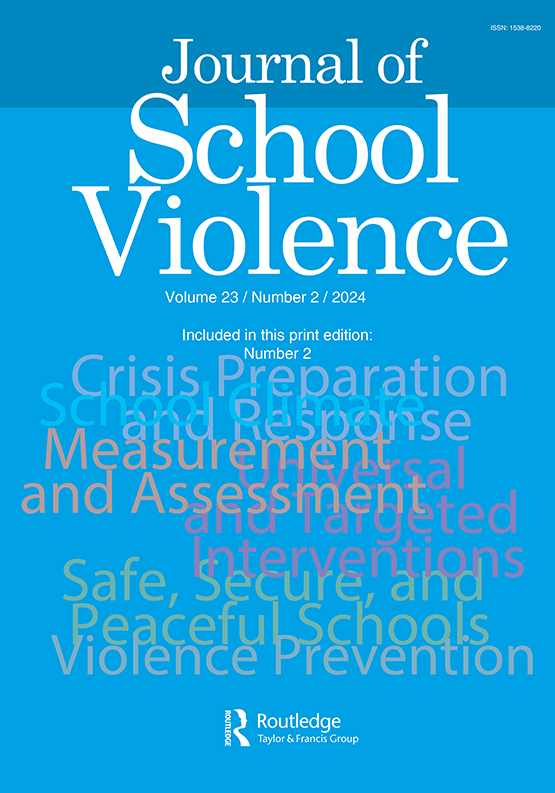
Adolescent Digital Self-Harm Over Time: Prevalence and Perspectives
Digital self-harm, the anonymous online posting, sending, or otherwise sharing of hurtful content about oneself, has not received the same amount of scholarly scrutiny as other forms of self-directed abuse. In the current paper, we analyze three independent national surveys of U.S. teens (aged 13–17, M = 14.96) in repeat cross-sectional studies conducted in 2016 […]

Cyberbullying Among Asian American Youth Before and During the COVID-19 Pandemic
PURPOSE Early in the COVID-19 pandemic, there was a concern that cyberbullying incidents would increase as youth were spending more time online. Additionally, reports emerged that Asian American citizens were being disproportionately targeted due to the purported origination of the disease. The current study explores whether cyberbullying incidents increased among adolescents overall—and Asian American youth […]

Digital Self-Harm and Suicidality Among Adolescents
Background Research on digital self-harm – the anonymous online posting, sending, or otherwise sharing of hurtful content about oneself – is still in its infancy. Yet unexplored is whether digital self-harm is related to suicidal ideation or suicide attempts. Methods In the current study, survey data were collected in 2019 from a national sample of […]
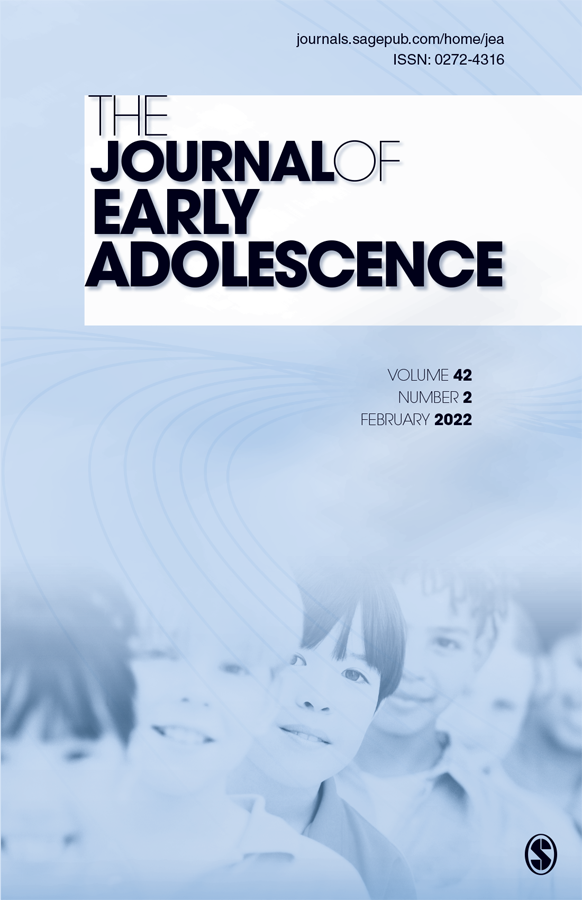
Bias-Based Cyberbullying Among Early Adolescents: The Role of Cognitive and Affective Empathy
Bias-based cyberbullying involves repeated hurtful actions online that devalue or harass one’s peers specific to an identity-based characteristic. Cyberbullying in general has received increased scholarly scrutiny over the last decade, but the subtype of bias-based cyberbullying has been much less frequently investigated, with no known previous studies involving youth across the United States. The current […]
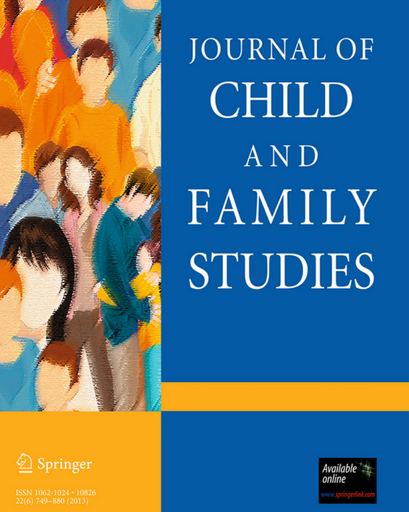
Bullying and Cyberbullying Offending Among US Youth: The Influence of Six Parenting Dimensions
Bullying and cyberbullying prevention remain a major priority for schools, communities, and families, and research is clear that positive, constructive parenting practices can play a key preventive role. The current work explores six dimensions of parenting (warmth, structure, autonomy support, rejection, chaos, and coercion), and their specific relationship to school and online bullying. Using survey […]

Cyberbullying Among Tweens in the United States: Prevalence, Impact, and Helping Behaviors
The goal of this study was to provide key prevalence rates for experiences with cyberbullying among tweens (children between the ages of 9 and 12 years old). We were also interested in the extent to which tweens engaged in helping behaviors when they observed cyberbullying. American tweens (n = 1034; mean age = 10.52, SD […]
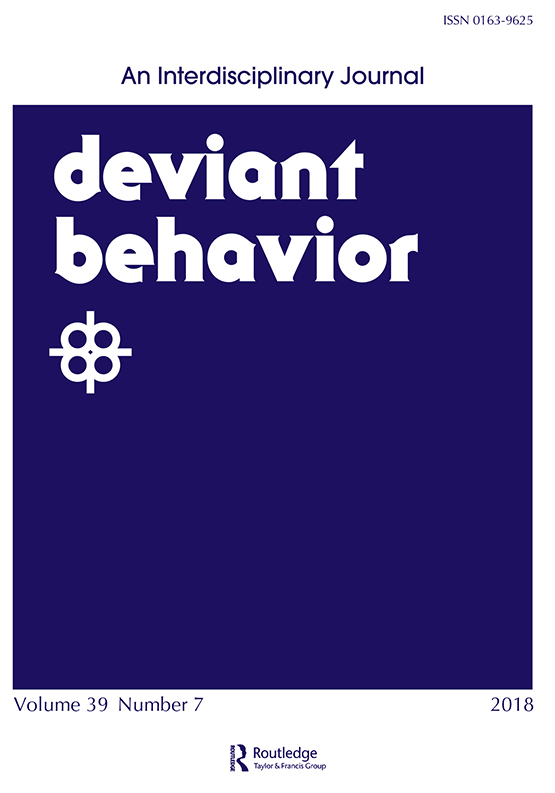
Bullying Victimization, Negative Emotions, and Digital Self-Harm: Testing a Theoretical Model of Indirect Effects
Research on digital self-harm – the anonymous or pseudonymous posting of hurtful or negative information about oneself on the internet and social media platforms – is in the early stages of development. While scholars have started to focus on the correlates of this behavior, there remains a need to anchor the study of digital self-harm […]

